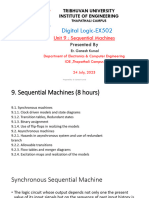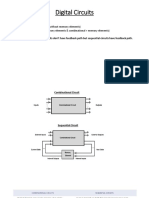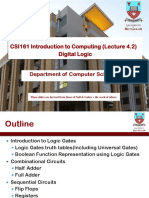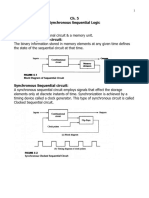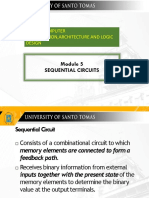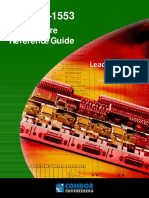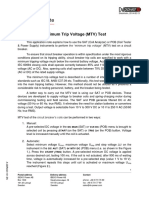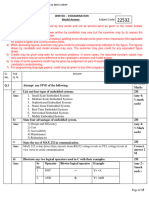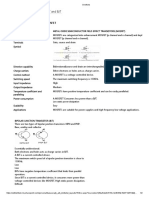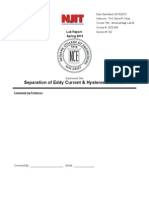0% found this document useful (0 votes)
43 views32 pagesLec2 Notes PLC
This document summarizes a lecture on sequential logic design and programmable logic controllers (PLCs). It discusses combinational vs sequential logic circuits, analysis requirements, design procedures for logic circuits like half and full adders, and examples of sequential circuits using D and JK flip-flops. It also covers sequential logic concepts like state tables, state assignment, and the design procedure for finite state machines.
Uploaded by
mayarm802Copyright
© © All Rights Reserved
We take content rights seriously. If you suspect this is your content, claim it here.
Available Formats
Download as PDF, TXT or read online on Scribd
0% found this document useful (0 votes)
43 views32 pagesLec2 Notes PLC
This document summarizes a lecture on sequential logic design and programmable logic controllers (PLCs). It discusses combinational vs sequential logic circuits, analysis requirements, design procedures for logic circuits like half and full adders, and examples of sequential circuits using D and JK flip-flops. It also covers sequential logic concepts like state tables, state assignment, and the design procedure for finite state machines.
Uploaded by
mayarm802Copyright
© © All Rights Reserved
We take content rights seriously. If you suspect this is your content, claim it here.
Available Formats
Download as PDF, TXT or read online on Scribd
/ 32

